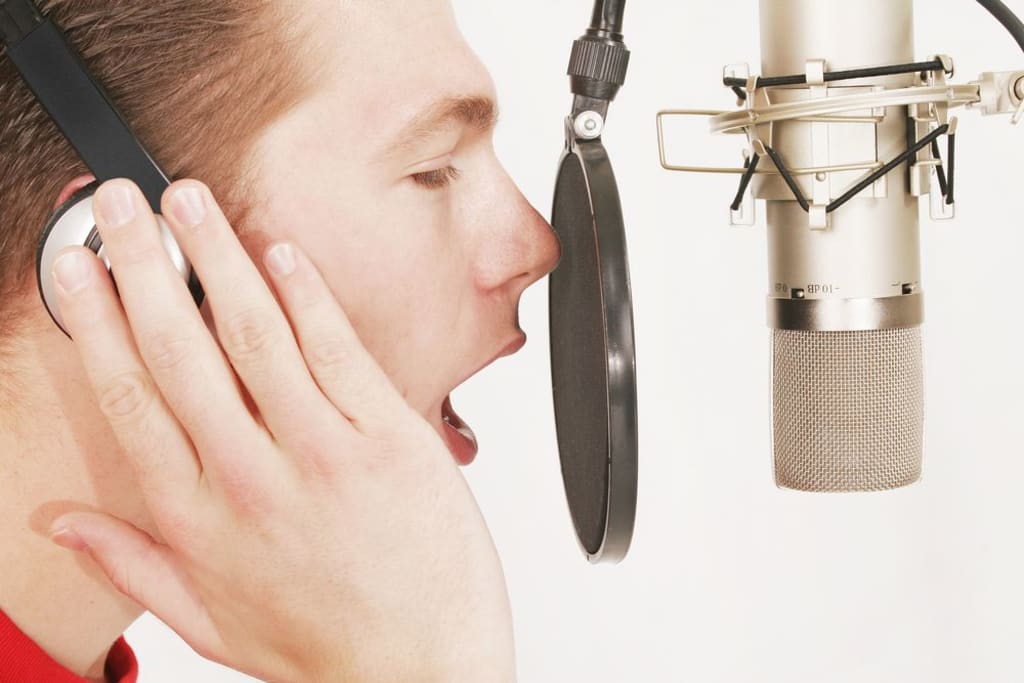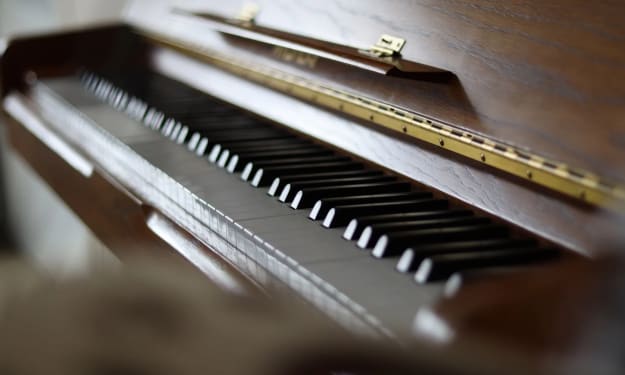Home Recording Mistakes You Should Avoid
Home recording enthusiasts encounter common mistakes

Home recording has revolutionized the way we create music, offering unparalleled convenience and creative control. However, this freedom comes with its own set of challenges. Many home recording enthusiasts encounter common mistakes that can degrade their work. In this comprehensive guide, we will highlight these pitfalls and provide practical solutions to ensure your recordings are of the highest quality.
Overlooking Room Acoustics
The Importance of Room Acoustics:
Room acoustics play a crucial role in recording quality. An untreated room can introduce unwanted reflections, reverb, and standing waves that distort your recordings. To achieve professional-sounding audio, it’s essential to treat your room acoustically.
Acoustic Treatment Solutions:
Invest in acoustic panels, bass traps, and diffusers. Acoustic panels help absorb mid to high frequencies, reducing reflections and flutter echoes. Bass traps absorb low frequencies that tend to build up in corners, preventing a boomy or muddy sound. Diffusers scatter sound waves, reducing standing waves and creating a more balanced acoustic environment.
DIY Acoustic Treatment:
For those on a budget, DIY solutions can be effective. Thick blankets, rugs, and heavy curtains can help reduce reflections. Bookshelves filled with books can act as diffusers. Positioning furniture and other dense objects strategically around the room can also help manage sound reflections.
Using Stock Plugins Exclusively
Limitations of Stock Plugins:
While stock plugins can be useful, relying solely on them can limit your sound palette. Most DAWs come with a range of stock plugins that are designed to cover basic needs, but they may lack the character and quality of third-party plugins.
Exploring Third-Party Plugins:
Expand your sonic possibilities by exploring third-party plugins. Companies like Waves, FabFilter, and iZotope offer high-quality plugins that can enhance your recordings. From analog emulation to advanced sound design tools, third-party plugins can add a new dimension to your productions.
Balancing Plugins:
While it’s important to explore third-party options, don’t completely dismiss stock plugins. Many are quite capable and can be very useful. A balanced approach, utilizing both stock and third-party plugins, can provide the best results.
Ignoring the Importance of Monitoring
Accurate Monitoring:
Accurate monitoring is essential for mixing. Without it, you can’t make informed decisions about your mix. Invest in good studio monitors and headphones to ensure your mix translates well across different playback systems.
Choosing Studio Monitors:
Select studio monitors that provide a flat frequency response. This means they don’t artificially boost or cut any frequencies, giving you an accurate representation of your mix. Popular brands include Yamaha, KRK, and Genelec.
Headphone Monitoring:
In addition to studio monitors, use high-quality headphones for critical listening. Open-back headphones are preferred for mixing due to their natural sound, while closed-back headphones are ideal for tracking to prevent sound bleed.
Room Calibration:
Consider using room calibration software like Sonarworks to compensate for acoustic anomalies in your monitoring environment. This software measures the frequency response of your room and applies corrective EQ to ensure accurate monitoring.
Skipping the Editing Process
The Role of Editing:
Editing is a vital part of the recording process. Skipping this step can result in sloppy and unprofessional recordings. Clean up your tracks by removing unwanted noise, aligning timing discrepancies, and applying fades to ensure smooth transitions.
Editing Techniques:
Use crossfades to eliminate clicks and pops at edit points. Align vocal and instrumental tracks to the grid to correct timing issues. Use clip gain to adjust the volume of individual clips before applying overall track automation.
Software Tools:
Most DAWs offer comprehensive editing tools. Learn to use these tools effectively to streamline your workflow. Take advantage of features like batch processing, which allows you to apply edits to multiple clips simultaneously.
Neglecting Backup Plans
The Importance of Backups:
Always have a backup plan. Losing your work due to a technical failure can be devastating. Implement a robust backup strategy to protect your projects and avoid data loss.
Backup Strategies:
Use external drives and cloud storage to secure your projects. Set up automatic backups to ensure you never lose important files. Many DAWs offer auto-save features that can be configured to save your work at regular intervals.
Cloud Storage Solutions:
Services like Google Drive, Dropbox, and iCloud provide reliable cloud storage options. These services allow you to access your projects from anywhere and provide an additional layer of security.
Version Control:
Consider using version control software like Git or SVN to keep track of changes and revert to previous versions if needed. This is especially useful for collaborative projects where multiple versions of a project may exist.
Not Using Pop Filters
The Role of Pop Filters:
Pop filters help reduce plosive sounds that can ruin vocal recordings. Plosives are the explosive sounds produced when pronouncing certain consonants, like "p" and "b," which can create a burst of air that hits the microphone diaphragm, causing distortion.
Types of Pop Filters:
There are two main types of pop filters: mesh and metal. Mesh pop filters are made of nylon or fabric and are effective at diffusing air blasts. Metal pop filters are more durable and easier to clean, providing a different type of diffusion that some vocalists prefer.
Proper Placement:
Position the pop filter about 2-4 inches away from the microphone and maintain a consistent distance from the vocalist. This helps ensure that plosive sounds are diffused before they reach the microphone, resulting in clearer recordings.
Proper Gain Staging
Avoiding Distortion:
Improper gain staging can lead to noisy or distorted recordings. Gain staging involves setting the optimal levels for each stage of the signal chain, from the microphone preamp to the audio interface and within the DAW.
Setting Levels:
Aim for input levels that peak around -6 dB to -3 dB to ensure a strong signal without clipping. Use the meters in your DAW to monitor levels and make adjustments as needed.
Headroom:
Maintaining headroom is crucial for preventing clipping and allowing for dynamic range in your recordings. Ensure that each track has enough headroom to accommodate any peaks in the audio signal.
Proper Mic Technique
Capturing Clear Sound:
Proper mic technique is crucial for capturing clear sound. For vocal recordings, position the microphone at mouth level, about 6-12 inches away, and use a pop filter to reduce plosive sounds. Experiment with different angles and distances to find the best sound for your voice.
Instrument Recording:
For acoustic guitars, position a condenser microphone about 12 inches from the 12th fret, angled towards the sound hole. For drum recording, use a combination of close mics on individual drums and overhead mics to capture the full kit. Experiment with different mic placements to find the sweet spot for each instrument.
Avoiding Handling Noise:
To minimize handling noise, use shock mounts for your microphones. These mounts isolate the mic from vibrations and bumps that can introduce unwanted noise into your recordings.
Avoiding these common home recording mistakes can significantly improve your production quality. By focusing on room acoustics, plugin diversity, proper monitoring, thorough editing, robust backup plans, and proper mic technique, you can achieve professional results from your home studio.
What are your favorite third-party plugins for home recording? Let us know in the comments below! Your recommendations can help others discover new tools and improve their recordings.
Subscribe to our blog for more tips and tricks on enhancing your home recording setup. Join our community of audio enthusiasts and stay updated with the latest trends and techniques in the world of home recording.
About the Creator
Music Industry Updates
Welcome to Music Industry Updates, your go-to hub for the latest happenings in the music world.
Stay tuned, stay informed, and stay inspired with Music Pulse – where every beat counts.
Enjoyed the story? Support the Creator.
Subscribe for free to receive all their stories in your feed. You could also pledge your support or give them a one-off tip, letting them know you appreciate their work.






Comments
There are no comments for this story
Be the first to respond and start the conversation.